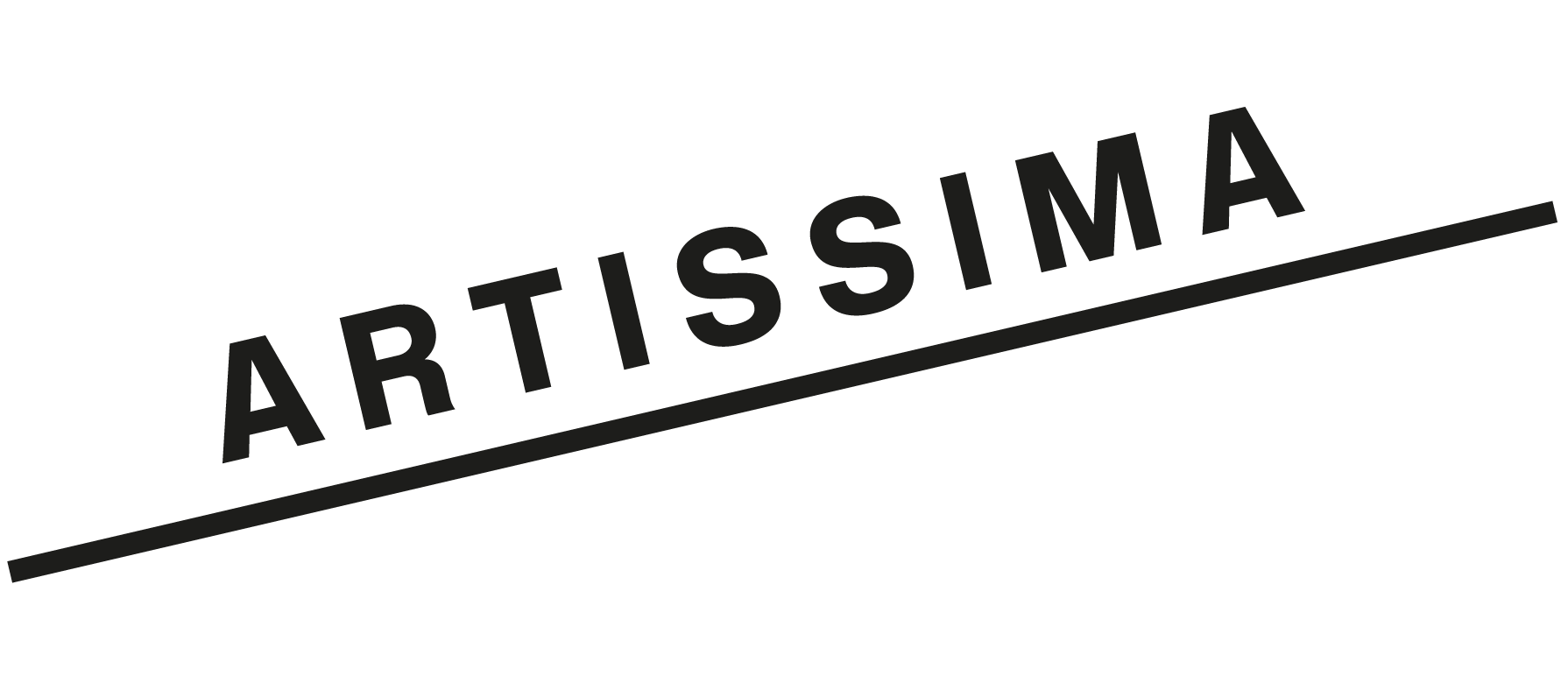Beirut and Lisbon: two new art world destinations that have become special places for artists. Joumana Asseily of Marfa’ and Francisco Fino tell the story of how they came to work with their local artistic communities and talk about the challenges of their respective cities.
Joumana Asseily: A gallery champions and promotes the work of artists it believes in. They thus develop a long-term relationship in which they both grow hand in hand. After finally returning to Beirut in 2008, I decided to support the local art scene. I myself went to an art school in Paris (Peningen), and was already collecting young artists I believed in. I supported local institutions such as the Beirut Art Center, with shows by Gerhard Richter, Giuseppe Penone, and Kader Attia. I also joined the board of Ashkal Alwan. Through all that, I got immersed in a very interesting artistic scene and realized that Beirut was calling for new spaces, new galleries, to represent some of these artists who did not have an opportunity to show in my country. I opened in October 2015, knowing that the Sursock Museum was reopening after several years and that the Aïshti foundation was being inaugurated as well. It was a very special autumn and I guess an ideal time to open the gallery, with so many visitors in town.
Francisco Fino: Our stories are actually very similar! Having grown up in a family of collectors and in close relation to that milieu, I knew early on that I wanted to open a gallery space. However, I returned to Lisbon in 2008 in the midst of the financial crisis, so I decided to start with nomadic projects which would allow me to feel the pulse of the market and the artistic scene. It was a very interesting process which culminated in the opening of the gallery space in 2017. For me, a gallery is a space dedicated to the promotion of the artists’ work, but at the same time almost an extension of their studio—a space that welcomes the different stages of their practice, and the inherent risks they often entail. I guess that the main challenge of being based in Lisbon is its position as peripheral market. However, after the major impact of the financial crisis, the last couple of years have seen an economic upturn. It’s an attractive city for artists and other agents, with the cost of living still relatively low (though that is changing!), and a nice, human scale. This has resulted in a sort of chain reaction: artists moving here; curators coming to see their work and institutions internationalizing their programs; fairs opening branches here to accommodate this influx and growth.
JA: Beirut has a special history and has been through a lot in the past forty years, and we are still living in uncertain times, even though the civil war ended almost thirty years ago. Despite it all, culture has always remained a priority and has always flourished. All this allows creativity to thrive, and it’s really fascinating to witness. Numerous art institutions and organizations work relentlessly to showcase the work of local artists, but also present that of renowned international artists to the local audience. They include the Sursock Museum, the Arab Image Foundation, Ashkal Alwan, and the Beirut Art Center, to name a few. But it is a small city, and in order to survive, the gallery needs to expand its public, meet new collectors and institutions, and give international exposure to its artists. Participating in art fairs is part of the game. It is a big investment, but so important and worth it. There are different factors that we have to take into consideration when planning an art fair, depending on the works, projects and the artists themselves.
FF: The selection of artists depends on the fair and its market. We are a young gallery, so we are still testing the waters in some circuits. In any case, I usually try to take a work by each artist and think of the booth as a dialogue where all the artists/works contribute to the conversation. I also bear in mind that the booth should say something about the gallery’s recent and upcoming program.
JA: This will be my first time in Torino, and I’m very excited. It will be very interesting to meet new collectors, of course, and to visit all the important institutions the city is renowned for. I’m looking forward to the whole experience. In your experience, has Artissima played a role in meeting new curators and collectors that have been important for the growth of the gallery? Can you share any particular episode, or an anecdote from your first time at the fair?
FF: This will be our third time at Artissima—we did New Entries in 2017 and the Main Section and Artissima Sound last year. This year we have two booths: one in the Main Section and one in Disegni, with a project by Diogo Evangelista. It is very important for us to get to know the public through different sections and curated projects. For me, as a young gallery, Artissima has been an important opportunity to meet collectors for the first time, people I would then encounter again in other contexts. It has been a place for sparking relationships. Actually, our first time at the fair we presented a film by Gabriel Abrantes. It sold to a private collector who had already seen it at SP-Arte, so it was a good first experience and a nice kick-off for subsequent years… Growing for me means continuously arriving at a point where you have a kind of sustainability and projection that allows you to find a balance between supporting young artists, or risky projects, and being a relevant platform for more established artists.
JA: Growth comes with confidence, consistency, and sticking firmly to what one believes in. Growth happens when one is trusted, supported, and encouraged to go further.


